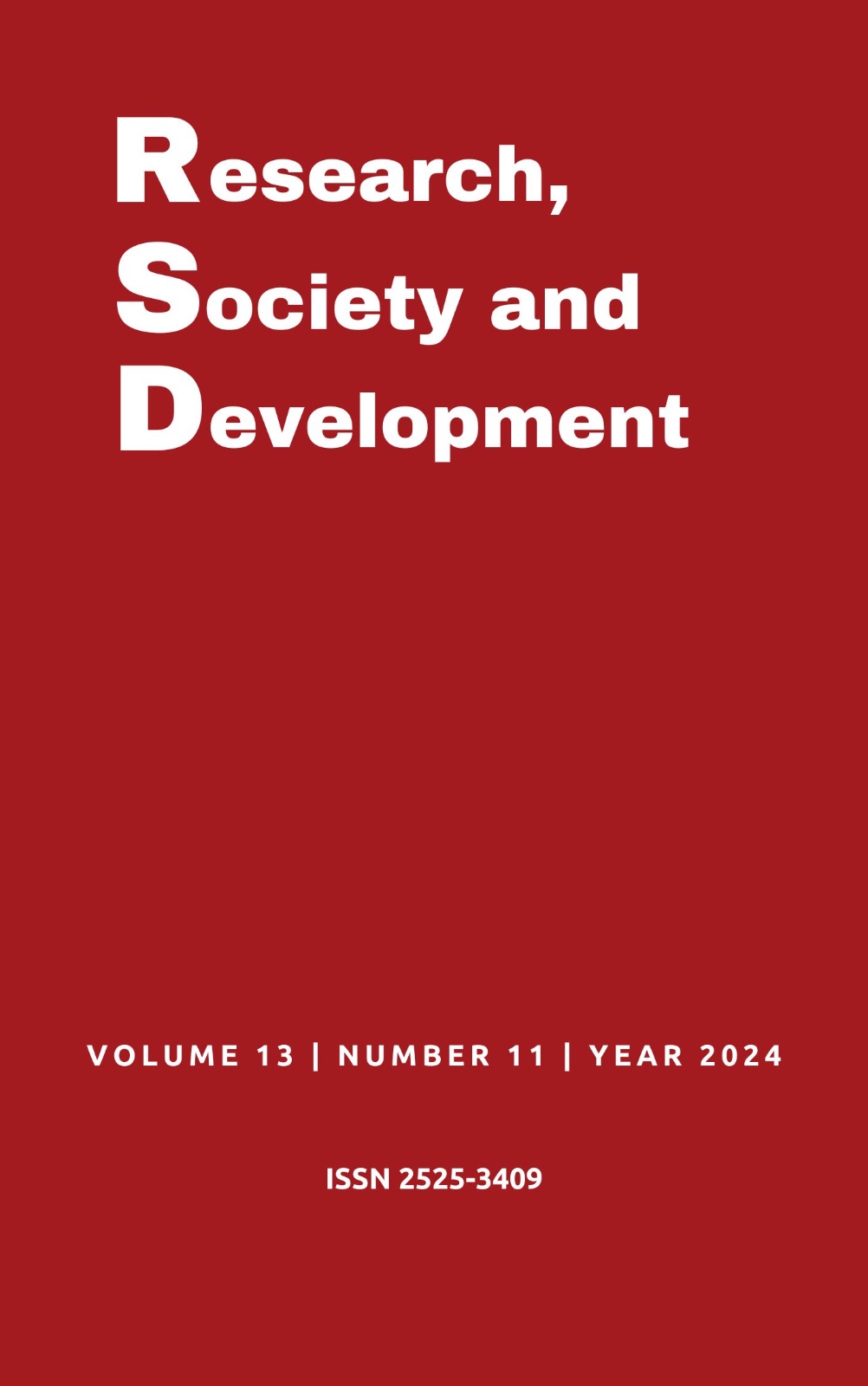Analysis of adverse reactions related to the use of methylphenidate: An integrative review of the literature
DOI:
https://doi.org/10.33448/rsd-v13i11.47416Keywords:
Methylphenidate, Pharmacovigilance, Adverse reactions.Abstract
Methylphenidate is a stimulant of the Central Nervous System (CNS) used worldwide in the treatment of Attention Deficit/Hyperactivity Disorder (ADHD), which acts mainly by blocking the dopamine transporter (DAT), inhibiting the reuptake of dopamine by SRIs, causing improvement in ADHD symptoms. When carrying out treatment with Methylphenidate, potential adverse effects may arise. This study aimed to analyze the main adverse reactions cited in other literature on Methylphenidate, to evaluate its safety. This is an Integrative Literature Review Study, carried out from the selection of articles that covered the proposed objectives, with results that show the authors' assessments of adverse reactions related to the use of Methylphenidate. Among the effects observed, psychotic effects, speech changes, tics, cardiovascular risks, and growth retardation are associated with the use of Methylphenidate. From this, it is concluded that effects such as vascular risks, growth retardation, mania, changes in speech, and others related to psychotic effects may be present in patients undergoing treatment with Methylphenidate, impacting the quality of life of those who use it.
References
Adesman, A. R., & Morgan, A. M. (1999). Management of stimulant medications in children with attention-deficit/hyperactivity disorder. Pediatric Clinics of North America, 46(5), 945-63.
APA. (2014). Diagnostic and Statistical Manual of Mental Disorders, 5th edition. American Psychiatric Association. Artmed.
Canadian ADHD Practice Guidelines. (2014). Third Edition. https://institutpediatriesociale.com/wp-content/uploads/2020/03/Canadian-ADHD-Practice-Guidelines-Download-CADRRA.pdf.
Crossetti, M. G. M. (2012). Revisión integradora de la investigación en enfermería el rigor científico que se le exige. Rev. Gaúcha Enferm. 33(2): 8-9.
Dubrall, D., et al. (2021). Descriptive analysis of adverse drug reaction reports in children and adolescents from Germany: Frequently reported reactions and suspected drugs. BMC Pharmacology and Toxicology, 22(1), 1–10.
Ekhart, C., et al. (2021). Drug-induced stuttering: Occurrence and possible pathways. Frontiers in Psychiatry, 12, Article 740364.
Goodman, L. S., & Gilman, A. G. (2012). The pharmacological bases of therapeutics (12th ed.). AMGH.
Hamard, J., Rousseau, V., Geneviève Durrieu, Garcia, P., Yrondi, A., Agnès Sommet, Revet, A., & François Montastruc. (2024). Psychosis with use of amphetamine drugs, methylphenidate and atomoxetine in adolescent and adults. BMJ Mental Health. 27(1), e300876–e300876. https://doi.org/10.1136/bmjment-2023-300876.
Hollis, C., et al. (2019). Methylphenidate and the risk of psychosis in adolescents and young adults: A population-based cohort study. The Lancet Psychiatry, 6(8), 651–658.
Montastruc, J. (2022). Fatal adverse drug reactions in children: A descriptive study in the World Health Organization pharmacovigilance database, 2010–2019. British Journal of Clinical Pharmacology, 89(1), 201–208.
Mota, D. M., Vigo, Á., & Kuchenbecker, R. D. S. (2019). Adverse drug reactions in the Brazilian pharmacovigilance system, 2008 to 2013: A descriptive study. Cadernos de Saúde Pública, 35(8), e000002019.
Nanda, A., et al. (2023). Adverse effects of stimulant interventions for attention deficit hyperactivity disorder (ADHD): A comprehensive systematic review. Cureus, 15(9), e45678.
Şimşek, A., et al. (2022). Evaluation of cardiovascular effects of methylphenidate in children with attention-deficit hyperactivity disorder. Journal of Dr Behcet Uz Children's Hospital, 12(3), 205–210.
Soyer, J., et al. (2019). Visual disorders with psychostimulants: A paediatric case report. Paediatrics & Child Health, 24(3), 153–155.
Storebo, O. J., et al. (2023). Methylphenidate for children and adolescents with attention deficit hyperactivity disorder (ADHD). The Cochrane Database of Systematic Reviews, 3(3), CD009885.
Souza, M. T., Silva, M. D., & Carvalho, R. (2010). Integrative review: What is it? How to do it? Einstein (São Paulo).
Sumerakanwal, et al. (2021). Clinically relevant doses of methylphenidate elicit behavioral sensitization and impair cognition on drug withdrawal in normal adult rats. GSC Biological and Pharmaceutical Sciences, 17(1), 82–93.
Touafchia, D., et al. (2020). Drug-induced tics: An observational postmarketing study. Human Psychopharmacology: Clinical and Experimental, 35(5), e2734.
Trenque, T., et al. (2019). Methylphenidate and stuttering. British Journal of Clinical Pharmacology, 85(11), 2634.
Wei, W., et al. (2023). Safety profiles of methylphenidate, amphetamine, and atomoxetine: Analysis of spontaneous reports submitted to the Food and Drug Administration adverse event reporting system. Frontiers in Pharmacology, 14, Article 1208456.
WHO. (2024). VigiAccess. World Health Organization (WHO). https://www.vigiaccess.org/.
Downloads
Published
Issue
Section
License
Copyright (c) 2024 Rafael Barbosa de Moura; Ana Emilly Lima da Costa; Catharina Cavalcanti Ribeiro de Sá; Cicera Lohanny Viana Andrade; Karollina Soares Loiola; Maria Carla Chaves de Sousa

This work is licensed under a Creative Commons Attribution 4.0 International License.
Authors who publish with this journal agree to the following terms:
1) Authors retain copyright and grant the journal right of first publication with the work simultaneously licensed under a Creative Commons Attribution License that allows others to share the work with an acknowledgement of the work's authorship and initial publication in this journal.
2) Authors are able to enter into separate, additional contractual arrangements for the non-exclusive distribution of the journal's published version of the work (e.g., post it to an institutional repository or publish it in a book), with an acknowledgement of its initial publication in this journal.
3) Authors are permitted and encouraged to post their work online (e.g., in institutional repositories or on their website) prior to and during the submission process, as it can lead to productive exchanges, as well as earlier and greater citation of published work.


